In the century following the Norman invasion, a castle was built at the confluence of the rivers Sheaf and Don, an early recognition of Sheffield’s strategic importance. Destroyed in the thirteenth century during the Second Barons’ War, a second castle was built on the site, but in 1647, it was ordered to be demolished immediately after the cessation of the Civil War, thereby negating any future tactical use by either Parliamentarian or Royalist. Steel production and downstream manufacturing would, however, be perpetually embedded in the military legacy of this seat of industrial innovation and production.
The Vickers steel foundry was established in Sheffield in 1828. Following the manufacture of the factory’s first artillery in 1890, Sheffield expanded to find itself a leading supplier in the First World War, feeding the military with ammunition shells, guns and cannons for ships, armour plating, aircraft parts, torpedoes, helmets and bayonets. Sheffield’s major contribution to the British war machine in the Second World War quickly attracted the attention of Nazi Germany. In December 1940, in an operation appropriately codenamed Schmelztiegel, or Crucible, for the method of steel production, Sheffield suffered two major raids aimed primarily at steel and munitions factories.
A centuries-old proud tradition of answering a call to the colours spawned formation titles of courage and dedicated service—the 84th Regiment of Foot, the Loyal Independent Sheffield Volunteers of the 1700s, the Hallamshire Rifle Volunteers raised in 1859, and the Sheffield Squadron, Yeomanry Cavalry. The 1899–1902 Anglo-Boer War would also have an enduring legacy on the town, as many volunteered to fight on the sub-continent. The Sheffield Wednesday football stadium was given the name Spioen Kop, after the famous battle in South Africa, while local road names include Ladysmith Avenue and Mafeking Place.
On 1 July 1916, the Sheffield City Battalion fought in a heroic and costly, but hopeless, action on the Somme to capture the village of Serre, and through the Second World War right up to Afghanistan, Sheffield’s men and women in uniform were not found wanting. Sheffield’s rich military legacy portrayed in this publication is drawn from a cross section of representative units, home and foreign actions, uniformed personalities, barracks at the hub of musters, the calibre of gallantry—including six Victoria Crosses—as well as the immortality of names on memorials, such as the Sheffield Memorial Park in France.

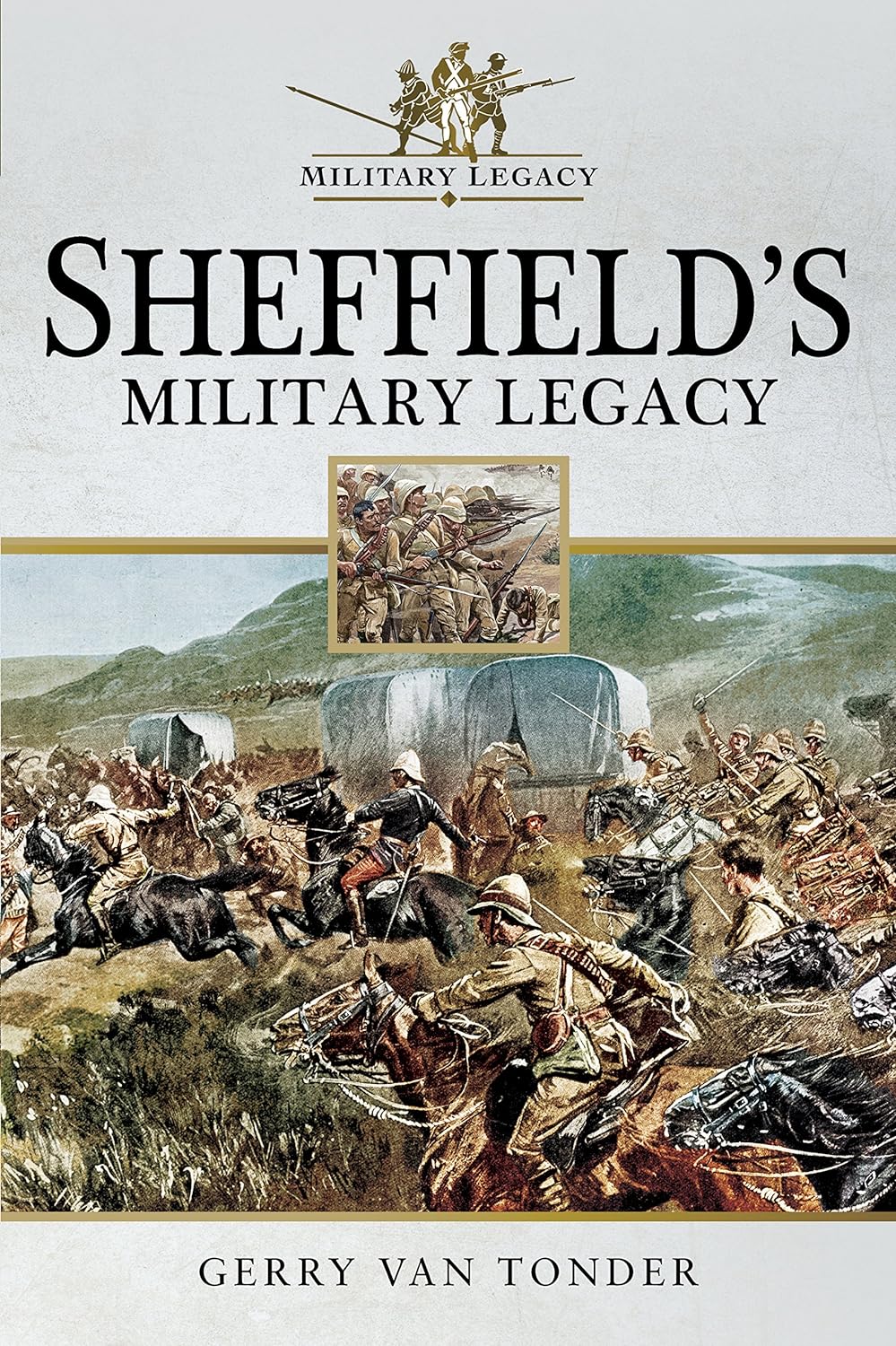
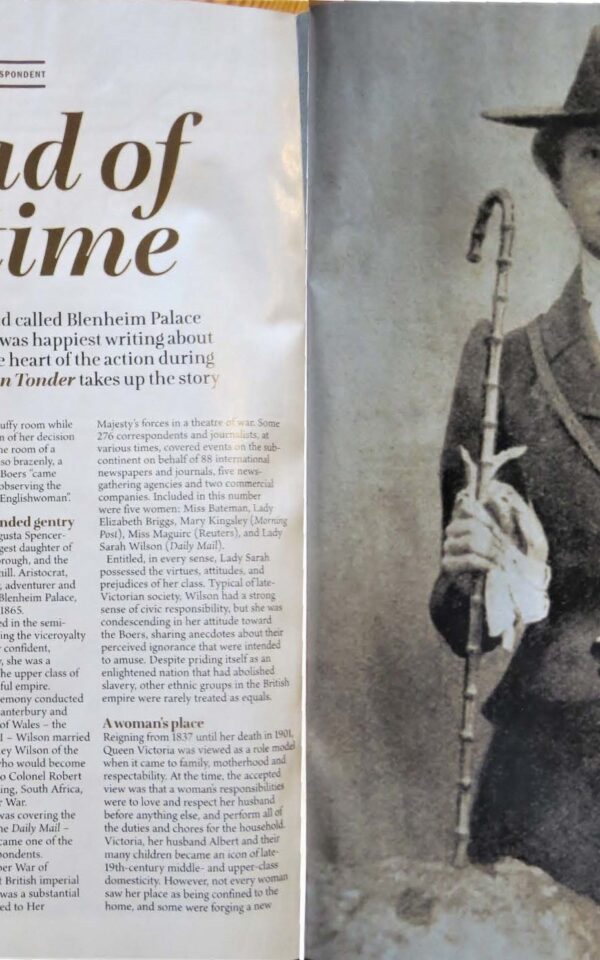
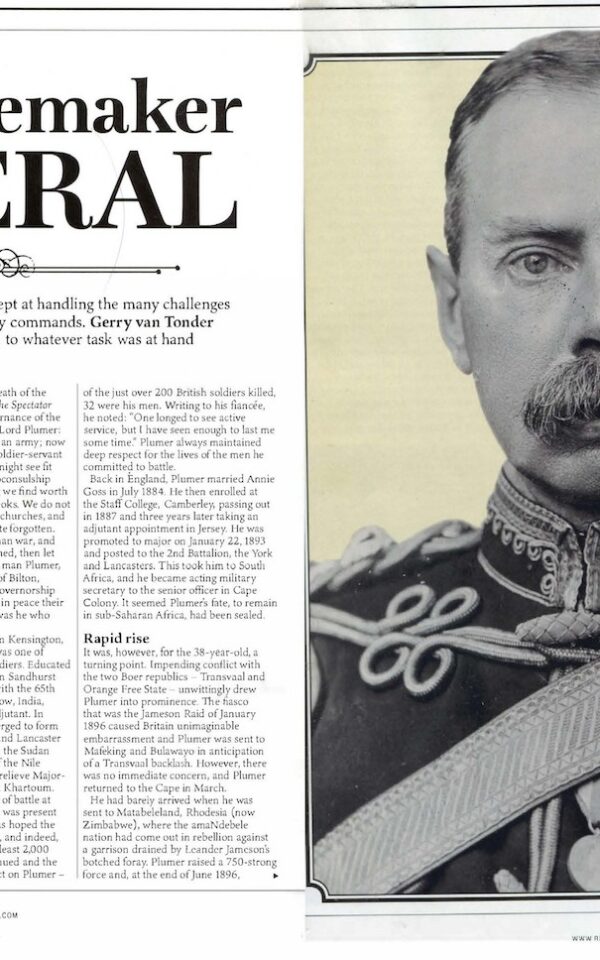
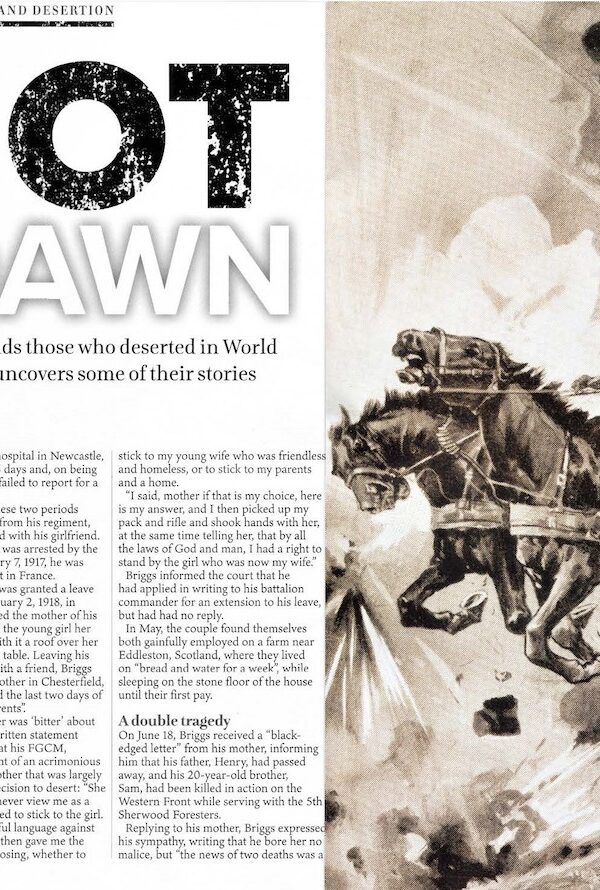
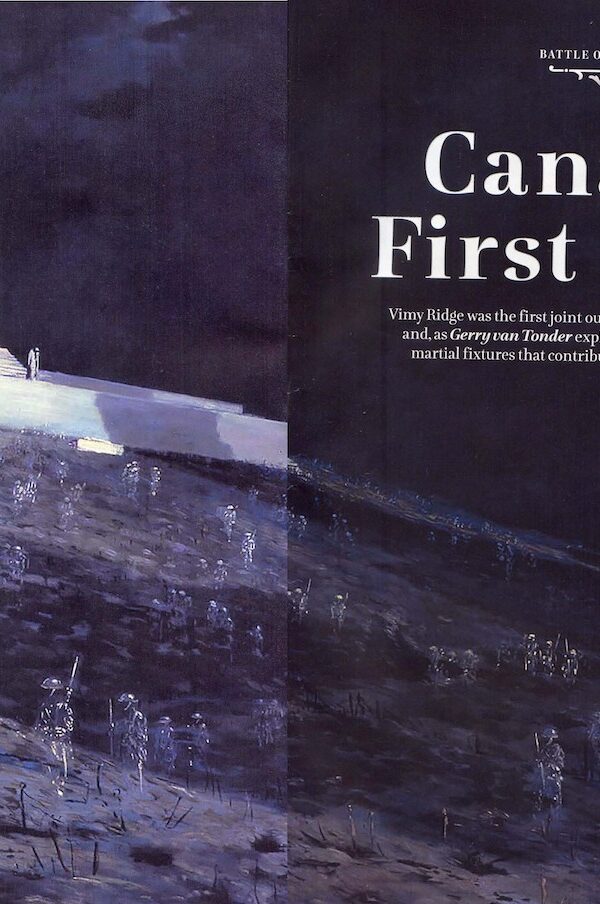
Reviews
There are no reviews yet.